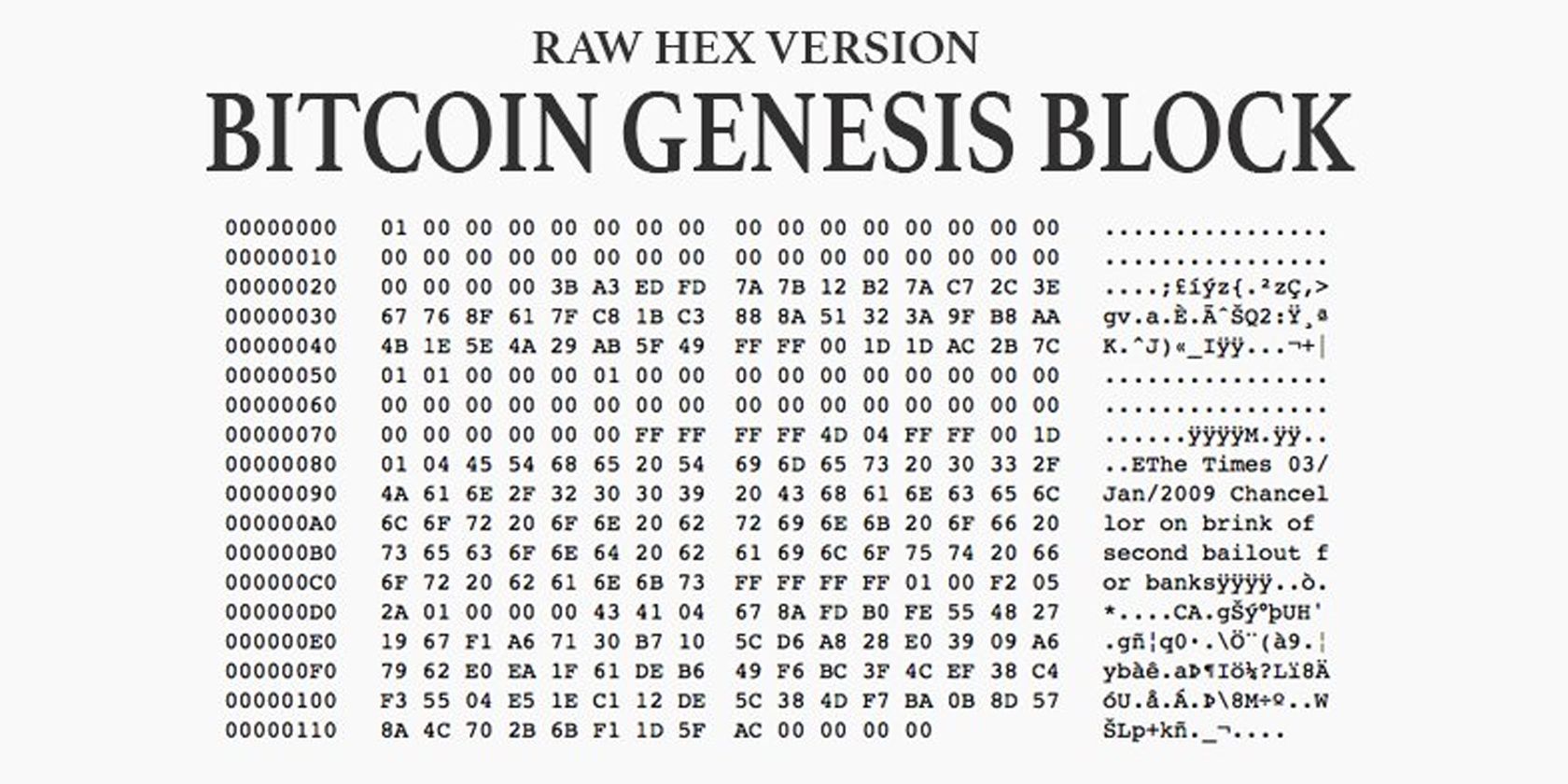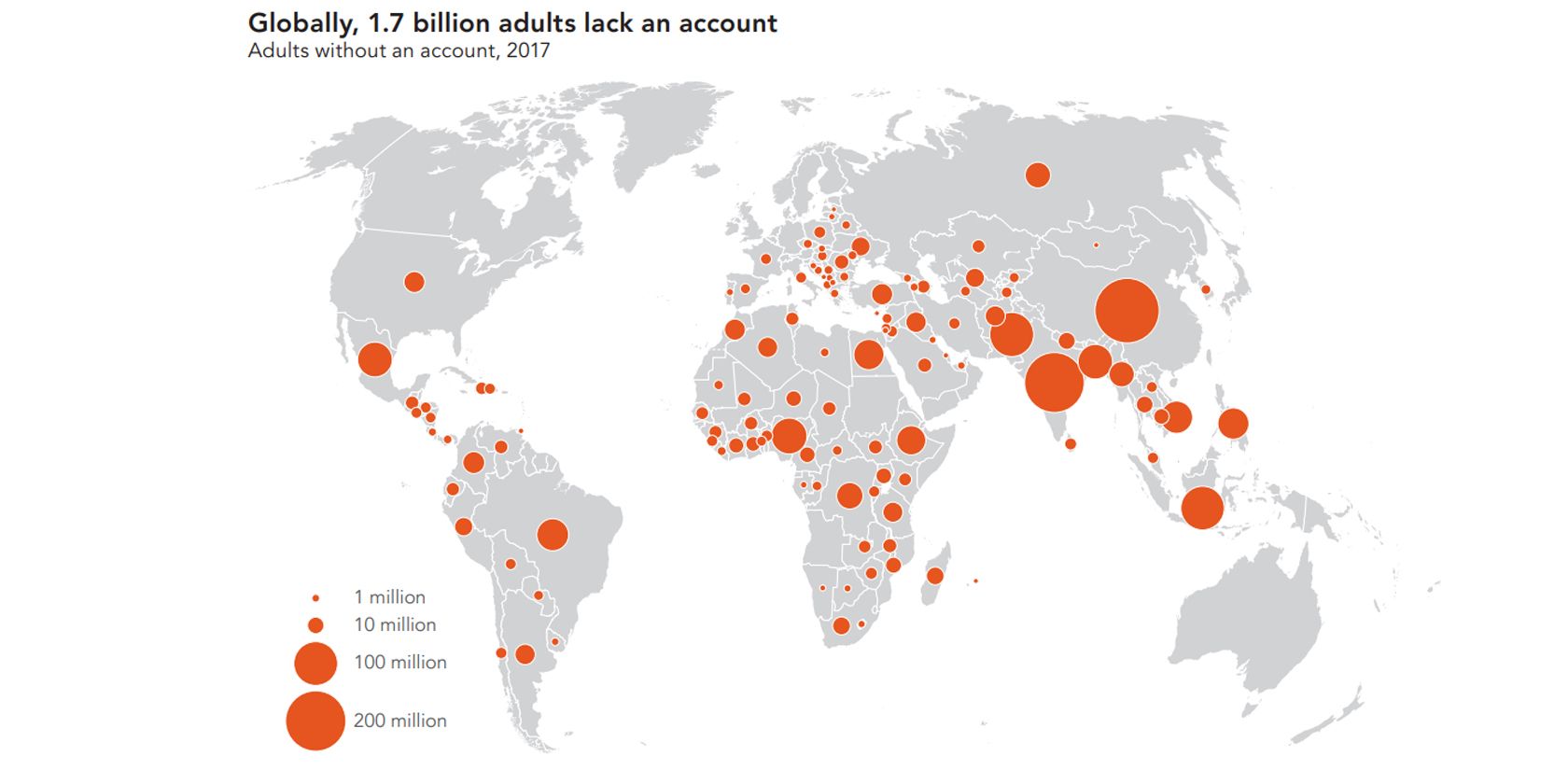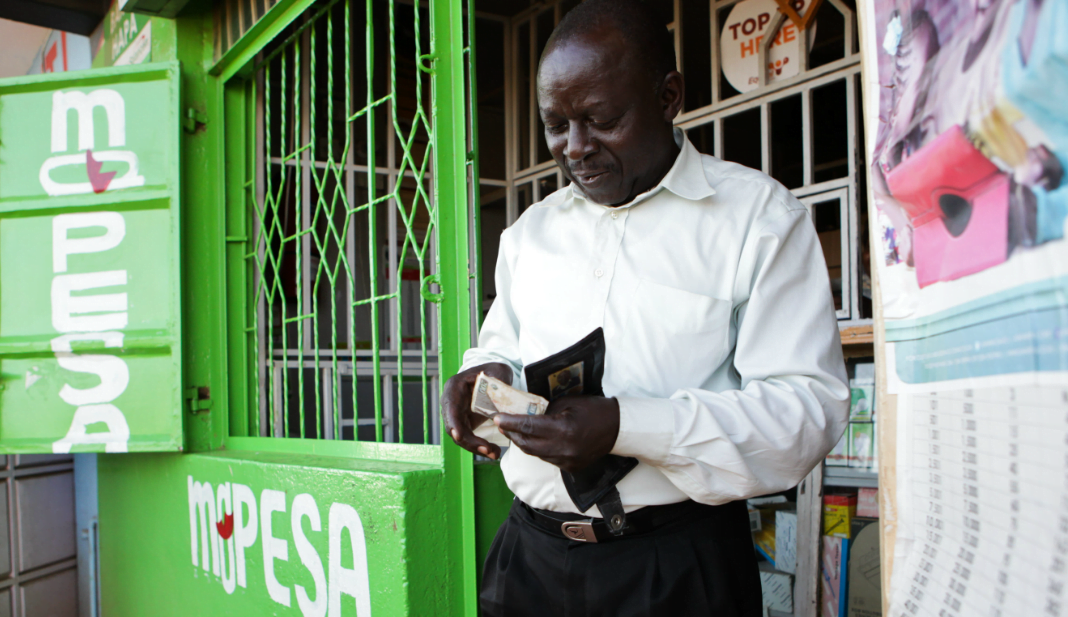Cryptocurrencies have enjoyed tremendous success and growth over the past few years, so much so that entire nations are now looking to integrate the underlying technology within their financial systems.
Central banks realize that they can extract immense value from digital currencies, especially alongside the worldwide push for cashless transactions.
While central bank digital currencies (CBDCs) are often touted as a revolutionary step for fiat currencies, it is worth noting that they have also generated significant controversy of late. Surprisingly, cryptocurrency enthusiasts express some of the loudest disapprovals in this regard.
Is a CBDC the Same as a Cryptocurrency?
First things first. CBDC stands for central bank digital currency.
The biggest problem cryptocurrency users have with central bank-issued digital currencies is that they bear very little resemblance to cryptocurrencies such as Bitcoin. This is because CBDCs are inherently centralized, which means that a single authority is in charge of token issuance, transaction verification, and the network’s long-term security.
On the other hand, most cryptocurrencies have been designed specifically to function in the absence of governments and central banks, shedding their influence and monetary policies such as quantitative easing. In fact, Satoshi Nakamoto—Bitcoin’s pseudonymous creator—admitted that the 2008 economic crisis influenced Bitcoin.
Bitcoin’s first-ever block was mined in January of 200 and included the text, “The Times 03/Jan/2009 Chancellor on brink of second bailout for banks.” This message was a direct reference to a headline on the front page of the UK daily newspaper, The Times, which in turn was commenting on the instability caused by banks at the time.
Instead of relying on a central bank-esque entity, cryptocurrencies such as Bitcoin use consensus algorithms to ensure the integrity and security of the network. They are also commonly based on blockchain technology, which ensures public transparency and accountability.
Most central bank-designed digital currencies will likely not be blockchain-based and, consequently, likely not leverage many of the cryptographic principles that form the bedrock of modern-day cryptocurrencies. Still, governments around the world are aggressively pushing for CBDC development.
The Bank for International Settlements (BIS), which is often referred to as the “bank for central banks,” found that a staggering 86 percent of the world’s central banks are actively researching the potential for CBDCs in 2021.
CBDCs Aren’t Decentralized: So What’s the Point?
Governments benefit the most from a potential CBDC since it would allow them to consolidate control over their respective currencies.
Cash, which has been the de-facto medium of exchange for centuries, is notoriously untraceable. This lack of traceability has popularized the use of cash among criminal enterprises, generally for avoiding detection, money laundering, tax avoidance, or a combination of the above.
Even though Bitcoin and other cryptocurrencies have been accused of facilitating criminal activity, the fact is that they are highly traceable—significantly more than cash. Any transaction involving common cryptocurrencies includes highly specific data, including the recipient’s wallet address, timestamp, and destination.
The exception to this rule is privacy-centric cryptocurrencies like Monero and Zcash, which take additional measures to ensure user and transaction privacy. However, the adoption of these tokens remains low despite their potential for misuse.
In fact, traditional cryptocurrencies enable traceability to such a high degree that entire companies are now dedicated to analyzing suspicious criminal or fraudulent crypto transactions. Chainalysis, for instance, has consulted several government agencies, financial institutions, and high-profile cryptocurrency exchanges.
Eradicating cash in favor of a more traceable solution means that law enforcement can reference an alleged criminal’s transaction history with little effort. Combined with the help of forensics and data science experts, they can also predict the likelihood of illicit activity much more accurately.
CBDCs: Promoting Financial Inclusion
While it’s easy to dismiss CBDCs, they also enable some legitimate applications that would improve the general public’s lives.
Financial inclusion is perhaps the most important advantage of a CBDC-centric economy. Developing nations, including Kenya and India, have seen enormous upticks in financial inclusion at the behest of payment services such as M-Pesa.
Government-backed digital currencies would help achieve similar levels of financial service adoption among the masses. In 2017, the World Bank estimated that around 1.7 billion individuals still had zero exposure to any form of modern banking services.
Additionally, CBDCs could make saving and investing significantly more accessible to previously marginalized sections of the population.
These individuals traditionally rely on cash and barter systems, both of which are incompatible with financial services such as lending and credit. Welfare schemes would also be far easier to implement through a centralized digital currency program, as long as the public adopts it.
CBDCs Could Make It Easier to Send Money Across Borders
On the opposite end of the spectrum, CBDCs can also vastly improve the lives of those reliant on cross-border transactions. According to the World Bank, global remittances reached $689 billion in 2018, and that figure has been growing at a steady pace since then.
Today, a typical international wire transfer involves several intermediaries, high fees, and potentially several days-worth of delays. Unlike domestic transfers, which can be settled near instantaneously, the international payments industry still relies on the slow and aging SWIFT network.
While the SWIFT network enables overseas banks to transfer funds amongst themselves, this is only possible if they have a direct relationship. If they do not have a commercial relationship, a third bank may have to step in as an intermediary.
However, at each step of this process, regulatory due diligence steps can delay the final transaction settlement. This also means that cross-border transactions are extremely expensive due to the involvement of various third parties.
Cryptocurrencies have already proven that international transactions can be completed within minutes, if not seconds. Furthermore, even expensive transactions can be offset on a busy blockchain because it is always a flat rate, not a percentage amount.
This means that a Bitcoin user initiating a transaction worth $25 million pays the same fee as someone moving $2,500. Meanwhile, traditional means of global remittance charge users as much as 5 percent of the transaction amount.
Central Bank Digital Currencies Will Coexist With Cryptocurrencies
The benefits of digital currencies in cross-border transactions are so apparent that even private players have attempted to enter the ecosystem.
In June 2019, Facebook announced Libra, a stablecoin designed specifically with emerging economies and global payments in mind (the project is now known as Diem). The company even highlighted the token’s potential for financial inclusion at one point.
As for central bank-issued digital currencies, the future remains bright for their introduction and even subsequent adoption by the masses. Decentralized and traditional cryptocurrencies, meanwhile, aren’t going away anytime soon either. It’s likely that both will coexist, with individuals preferring one over the other depending on the use case.
Image Credit: QuoteInspector/QuoteInspector, Bitcoin Genesis Block/ BitcoinTalk, The Unbanked/World Bank, Kenya Collective/Official website




